We are pleased to announce that renowned toxicologist Dr. M. Fredric Rieders has joined the 2021 MurderCon stellar lineup. This is an unbelievable opportunity to learn from one of the world’s leading toxicology experts! His session, “Forensic Toxicology: Homicidal Poisoning,” is an entertaining and educational discussion of the history of homicidal poisoning with case discussions of real poisoners and elaborate M.O.’s.
There’s still time to sign up, so hurry!
https://writerspoliceacademy.com
About Dr. Rieders
Dr. M. Fredric Rieders serves as Treasurer and a Director at NMS Labs in Horsham, Pennsylvania.
NMS Labs, Inc. is a US and internationally (ISO) accredited private, independent clinical diagnostic toxicology and forensic science laboratory serving justice and public health since 1970. Dr. Rieders was CEO from 1988 – 2008 and interim CEO from January – July 2020.
Dr. Rieders is a Fellow of The American Academy of Forensic Sciences (AAFS) where he was Chairman of the AAFS Opioids and Emerging Drugs Crisis Committee from 2017 – 2019. He remains active as Chair of the Information Sharing Sub-Committee and as a member of the Toxicology Section.
He is a Member of the American Public Health Association (APHA) where he participates in the following Sections: Alcohol/Tobacco and Other Drugs; Environment; Aging and Public Health.
Dr. Rieders is a member of the Society of Forensic Toxicologists (SOFT), The International Association of Forensic Toxicologists (IAFT), the World Association of Medical Law (WAML), and The National Association of Medical Examiners (NAME) where he serves on their Strategic Planning Committee, Foundation Board and Advocacy Committee. He served on Pennsylvania’s Commission on Wrongful Convictions where he worked with the Forensic Science Subcommittee on recommendations to improve the forensic science investigation system. Dr. Rieders has qualified as an Expert in Forensic Toxicology and testified in numerous criminal, civil and arbitration proceedings.
He earned a Chemistry degree from Arcadia University (formerly Beaver College) in 1980, and a PhD in Pharmacology/Toxicology from Thomas Jefferson University in 1985 where he was active as volunteer faculty and lectured in Toxicology. He is past President of the Jefferson College of Graduate Studies Alumni Association where he was honored as Distinguished Alumnus. Dr. Michael F. Rieders was the 2015 honoree of the Jefferson President’s Award which is given to Jefferson’s strongest supporters, truest servants and closest friends. He continues to serve on Jefferson’s Institutional Advancement Pillar Board.
Dr. Rieders served as a Term Trustee on the Arcadia University Board from 2009 – 2012, and as a volunteer faculty member serving as a course director and lecturer in Toxicology at Arcadia’s Master of Science in Forensic Science (M.S.F.S) program. He serves as Chairman of the Board of Advisors and Fellows at The Henry C. Lee Institute of Forensic Sciences at New Haven University and is on the Board of Trustees of the Fredric Rieders Family Foundation in Willow Grove, Pennsylvania, as a Director and Chief Scientific Officer. Dr. Rieders is a member of The Vidocq Society, the premier US cold murder case investigation organization which examines cases and assist law enforcement agencies in identifying leads that may help solve homicides. He was awarded the Dr. Halbert E. Fillinger, Jr. Medal and Lifetime Achievement Award by The Vidocq Society in 2013.
He was an editor of the Pennsylvania Academy of Sciences publication Science Technology and National Security, and wrote a chapter in Forensic Aspects of Chemical Terrorism and recently published an article on his work with NASA: “Management of a Potentially Toxic Accidental Trialkylamine Ingestion during Spaceflight” in Aviation, Space and Environmental Medicine.
Dr. Rieders was featured as a Forensic Scientist in the BBC film, “How Sherlock Holmes Changed the World of Forensic Science” and Smithsonian Channel’s “Forensic Firsts: Proving Poison”. He is a frequent guest speaker and presenter at numerous conferences and seminars. Dr. Rieders is an avid advanced open water scuba diver, a sushi chef and enjoys gardening, photography and international travel.
WELCOME TO MURDERCON

MurderCon is a killer event that features renowned experts who train top homicide investigators from around the world.
Writers, please take advantage of this opportunity to learn from those who are the best in the business of crime scene investigation. I say this because this incredible event may not come your way again.
Sign up today while there’s still time.
*2021 Guest of Honor – Andrew Grant
Register here


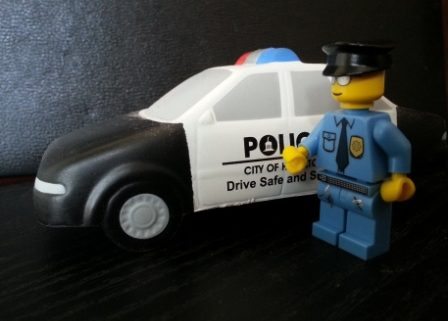





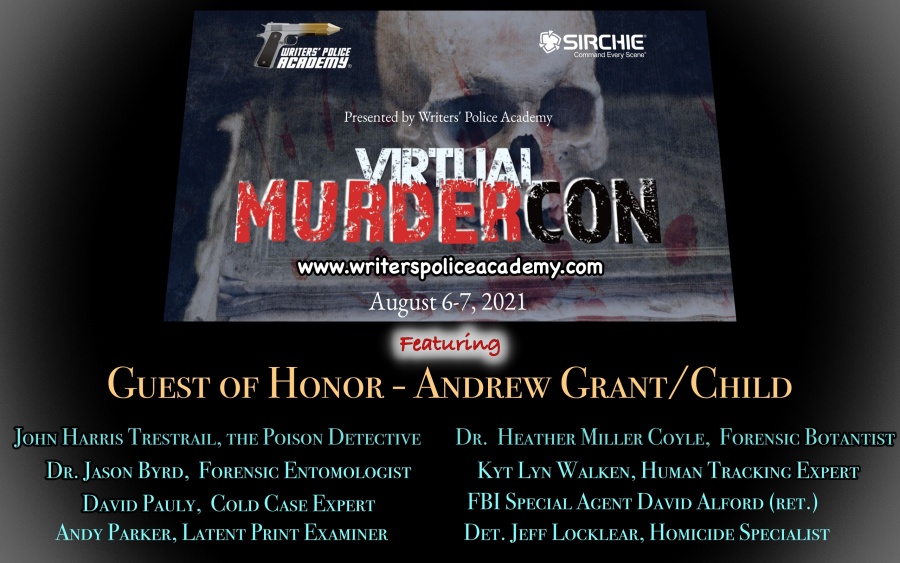
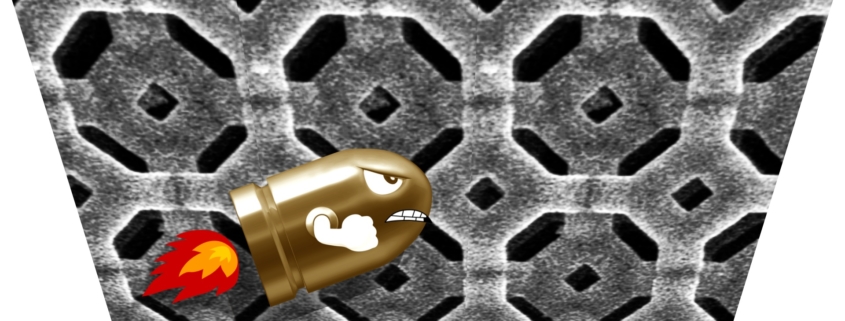

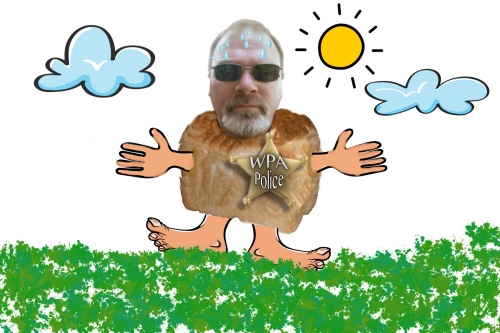
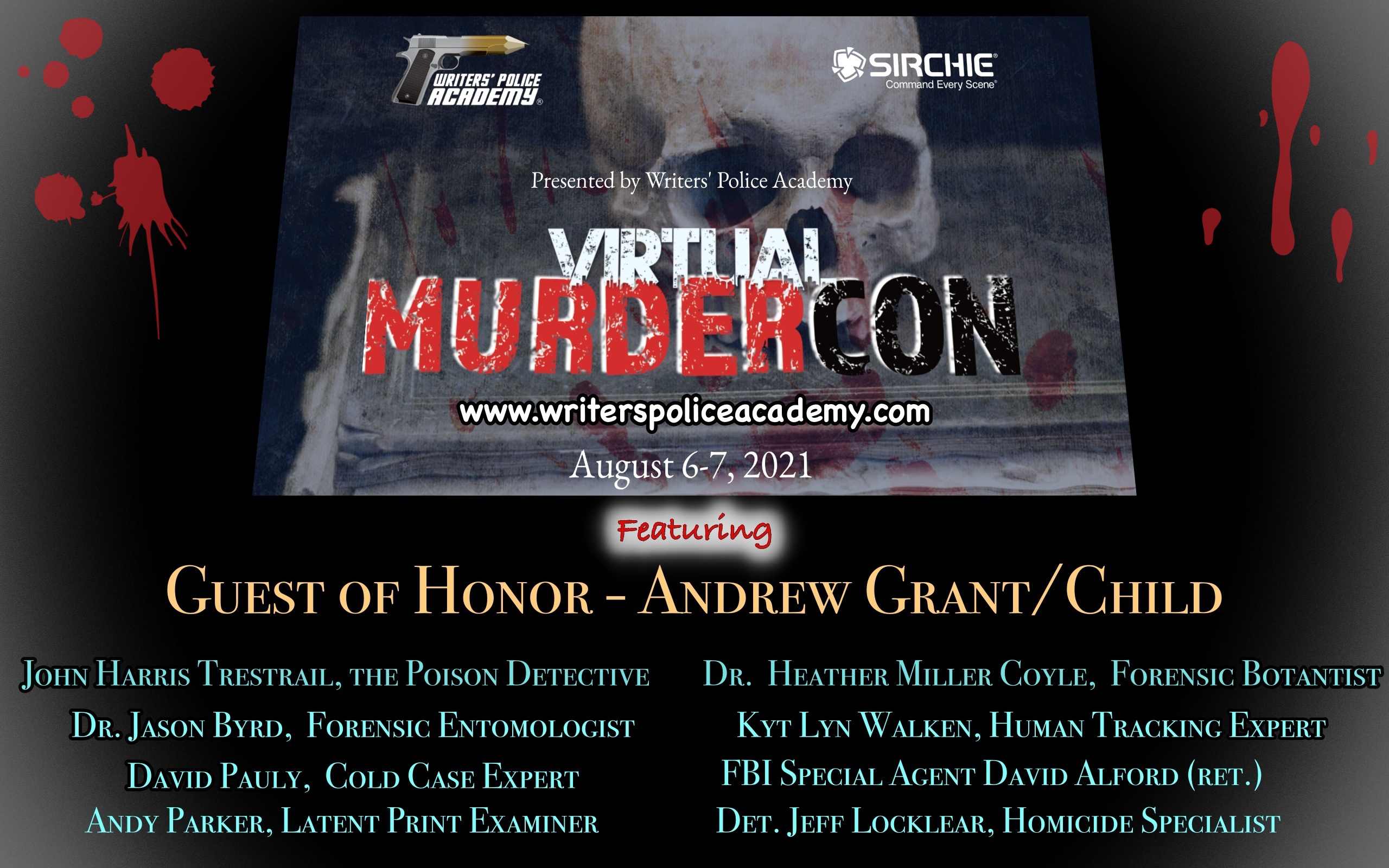
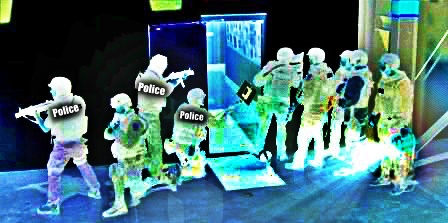
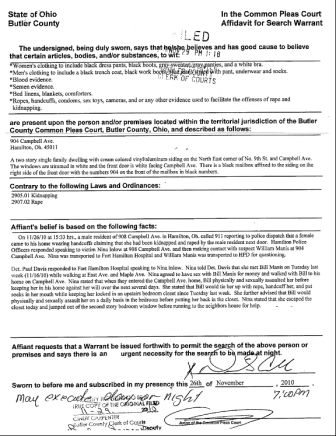
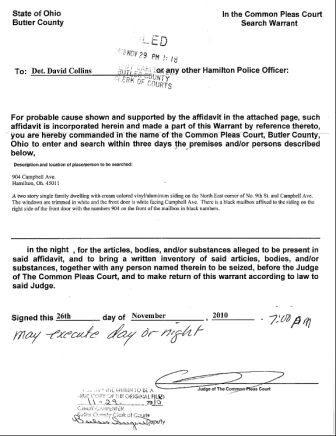
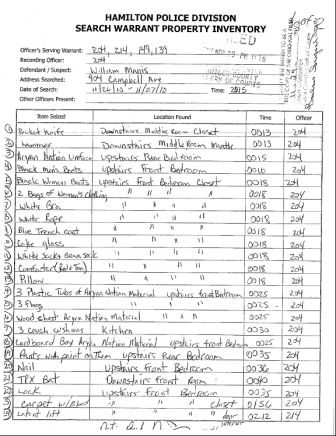
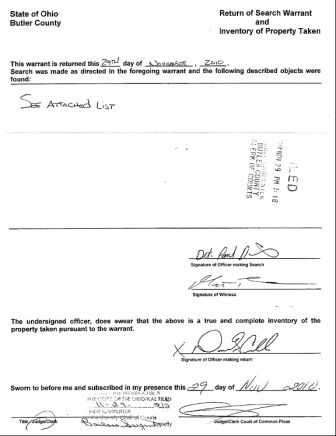
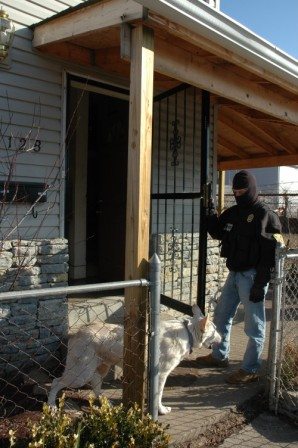









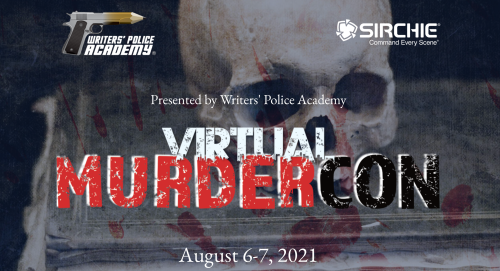

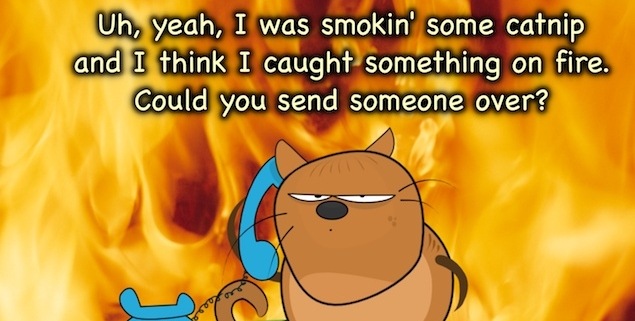

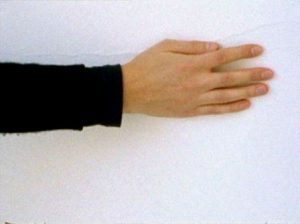



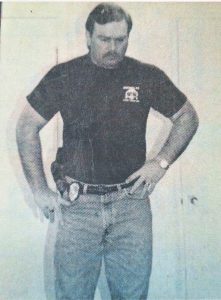 And, while working in plainclothes, I sometimes heard …
And, while working in plainclothes, I sometimes heard …